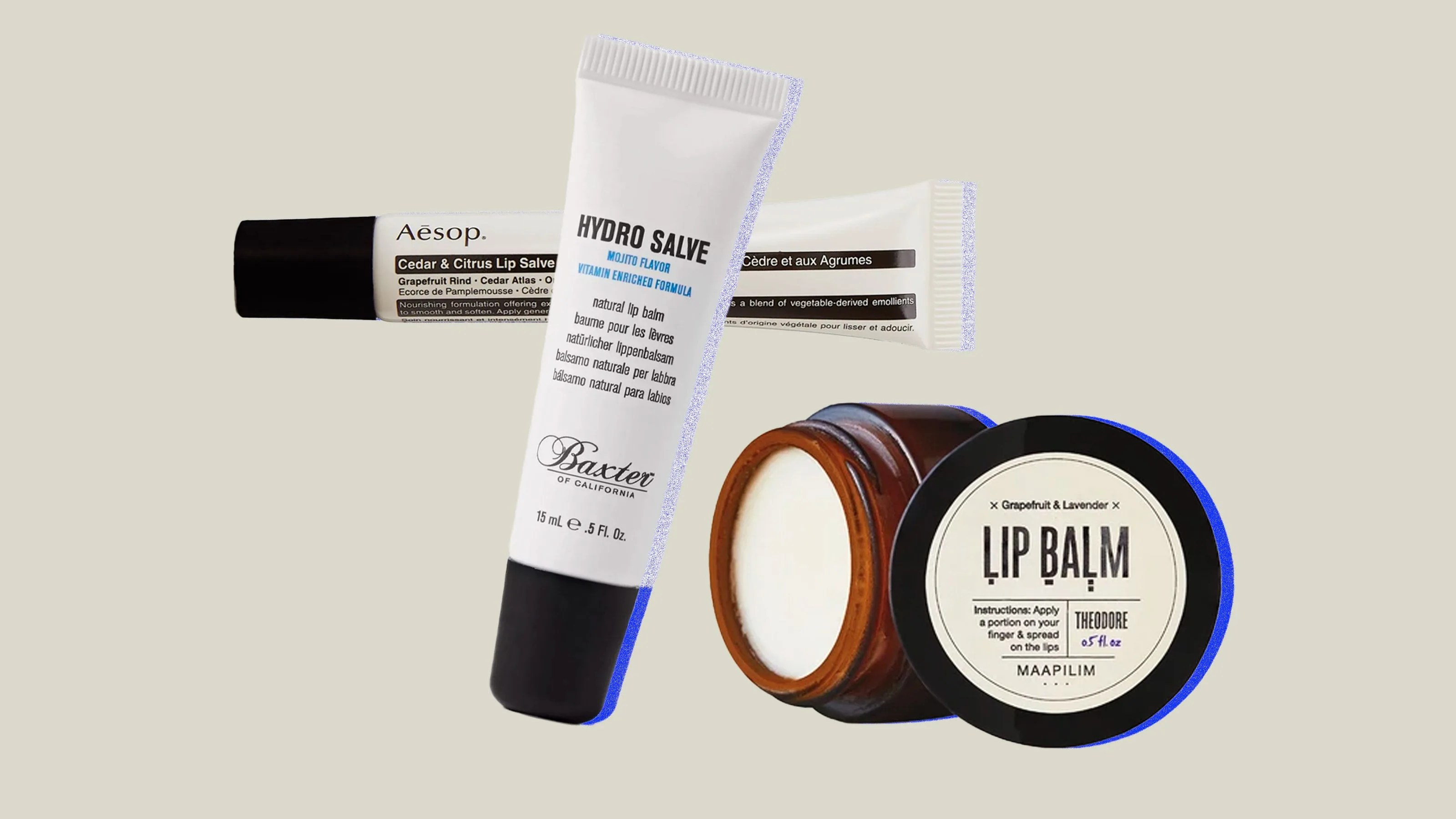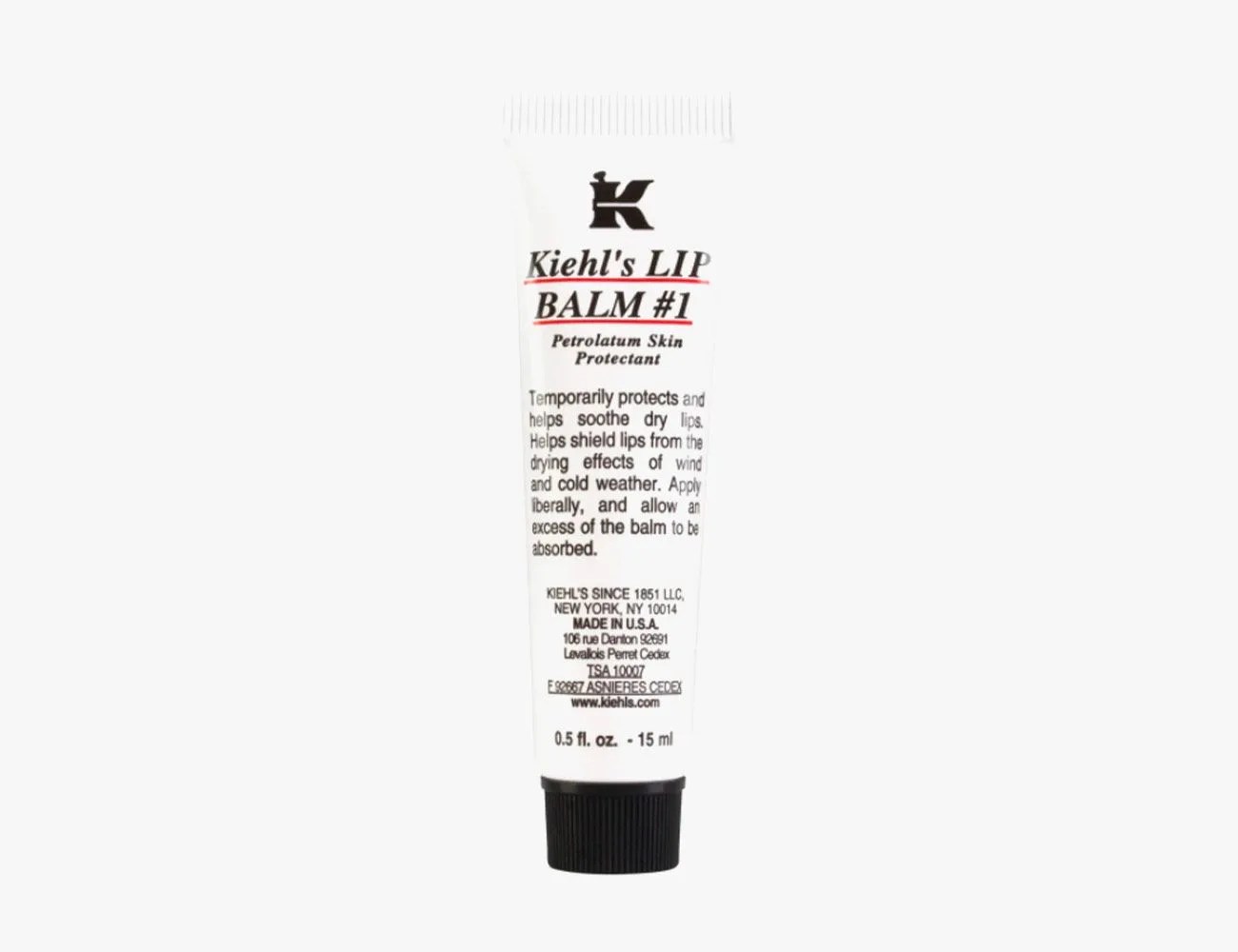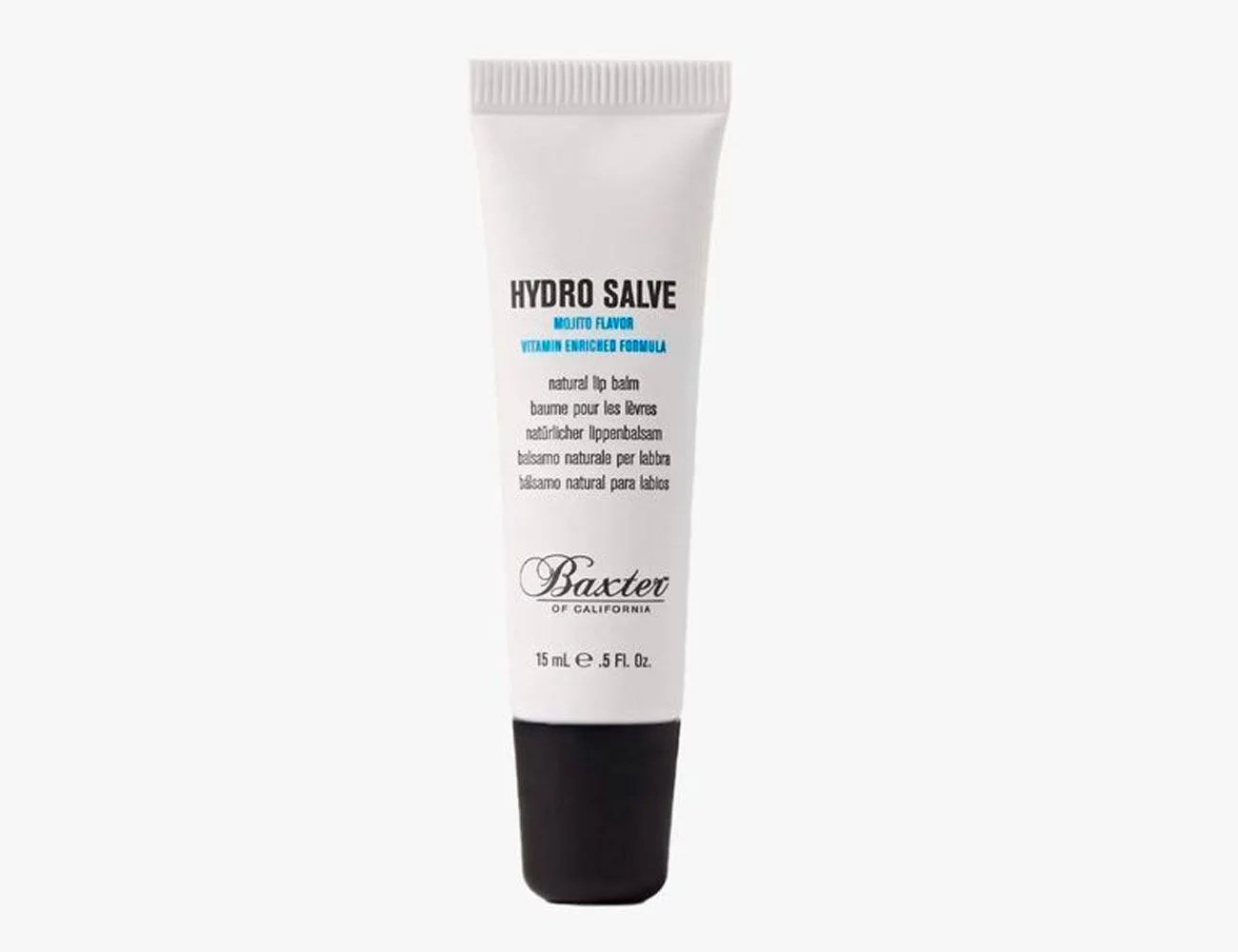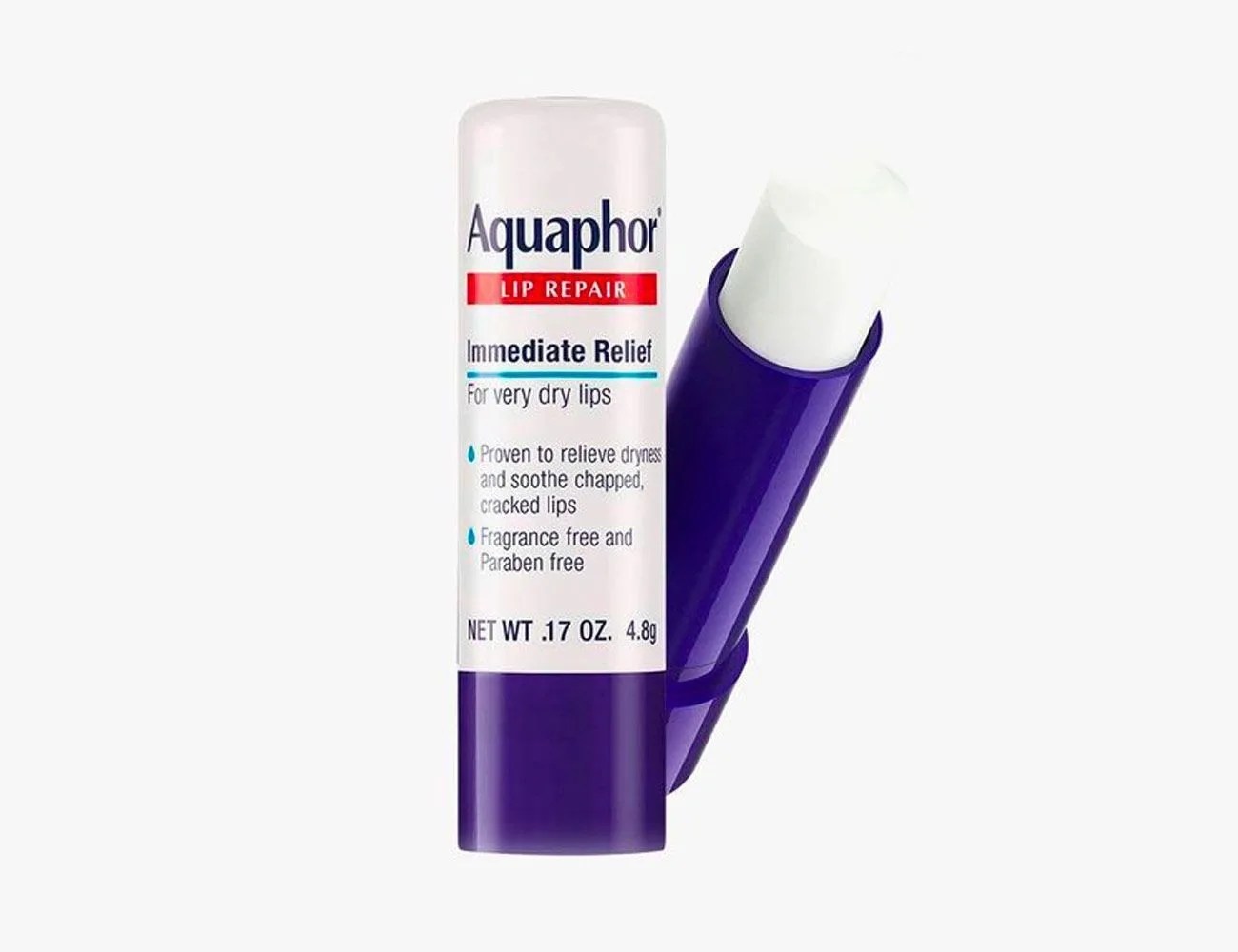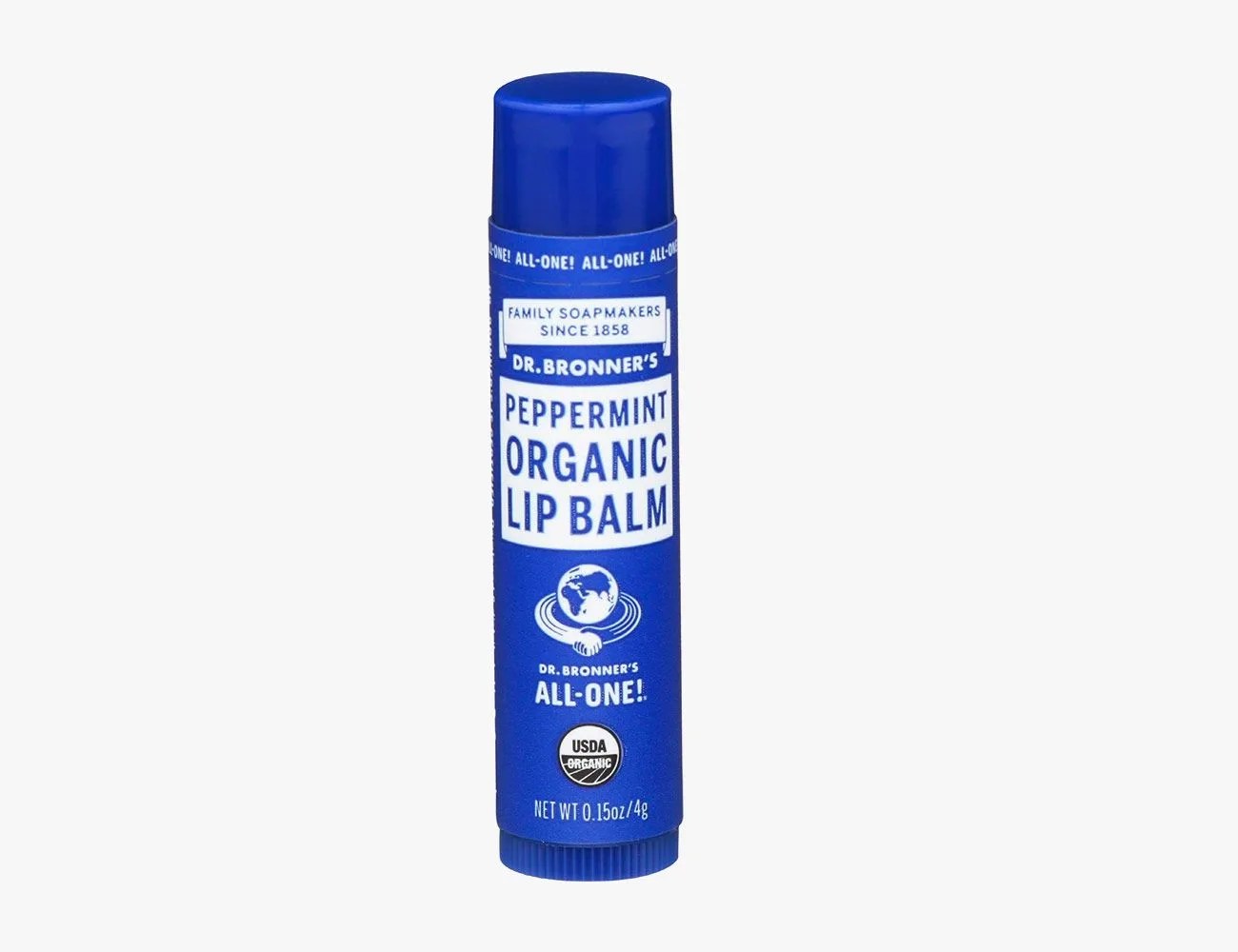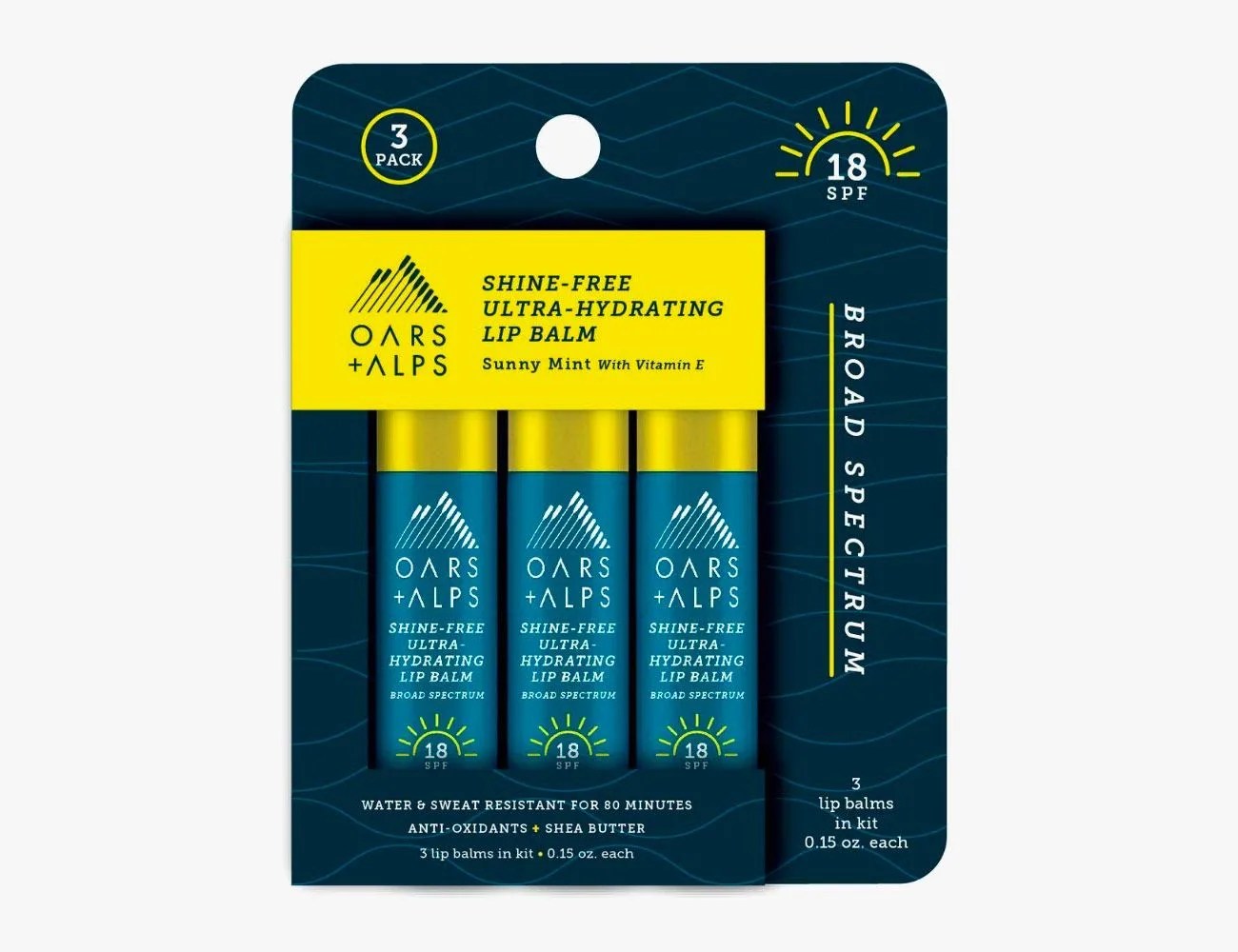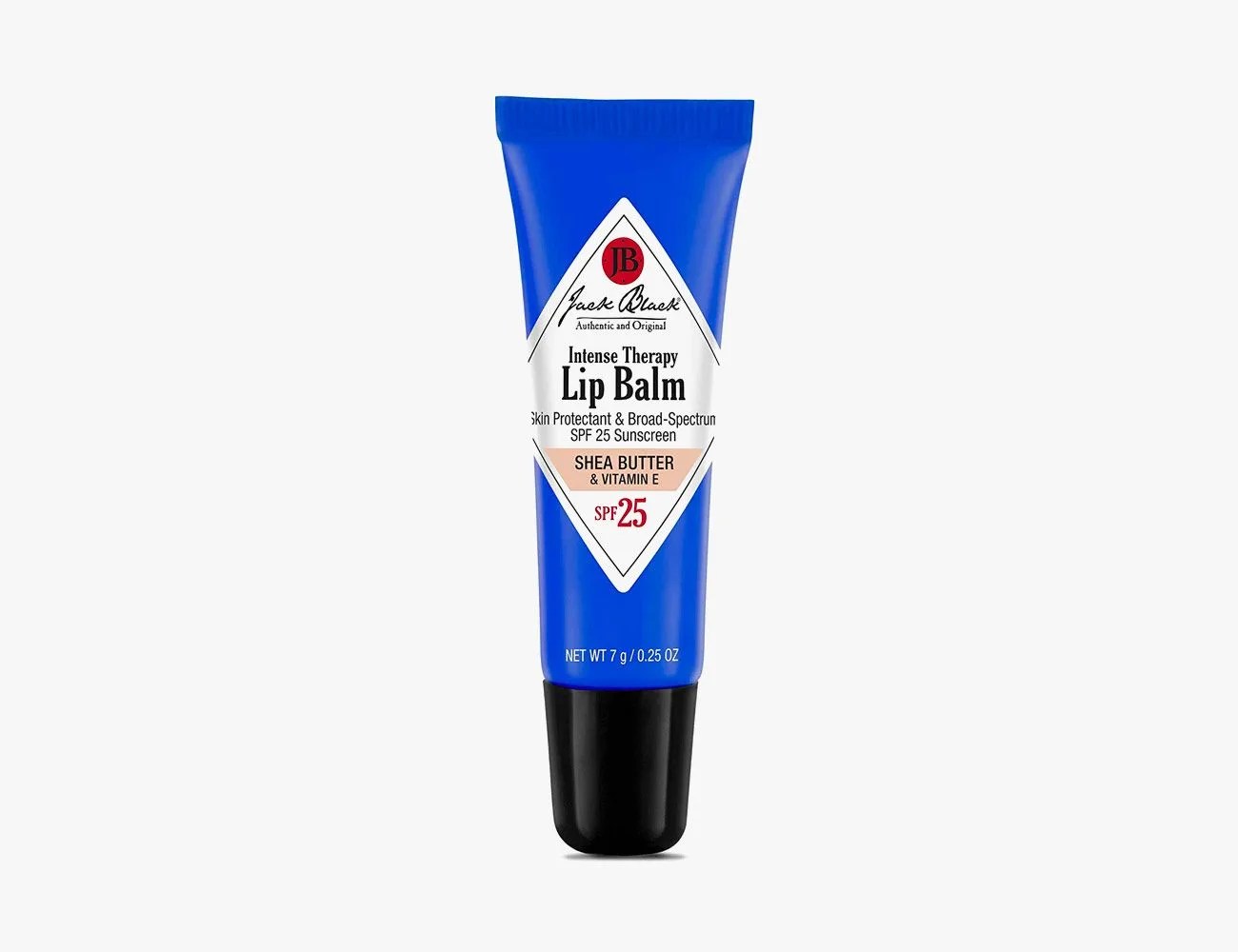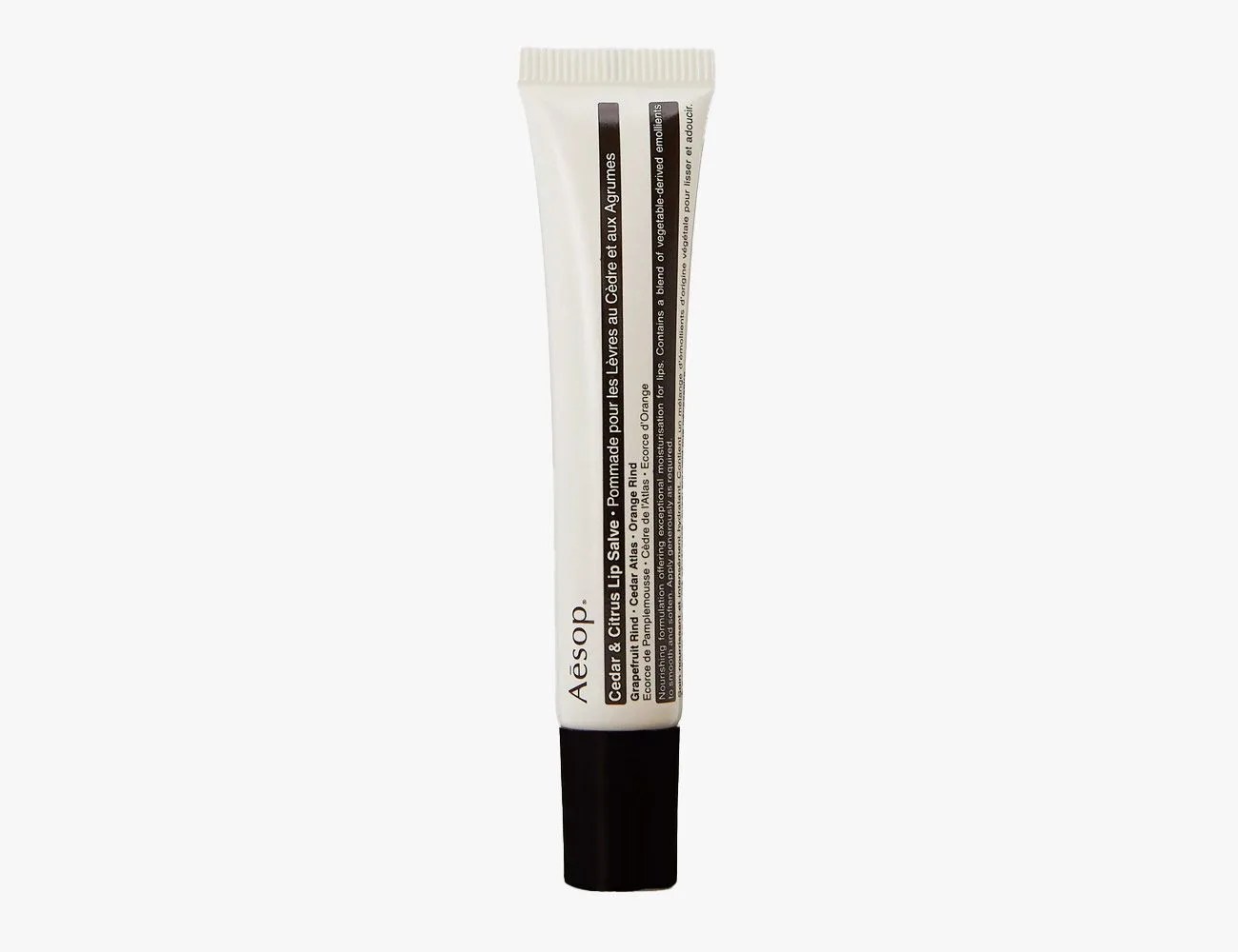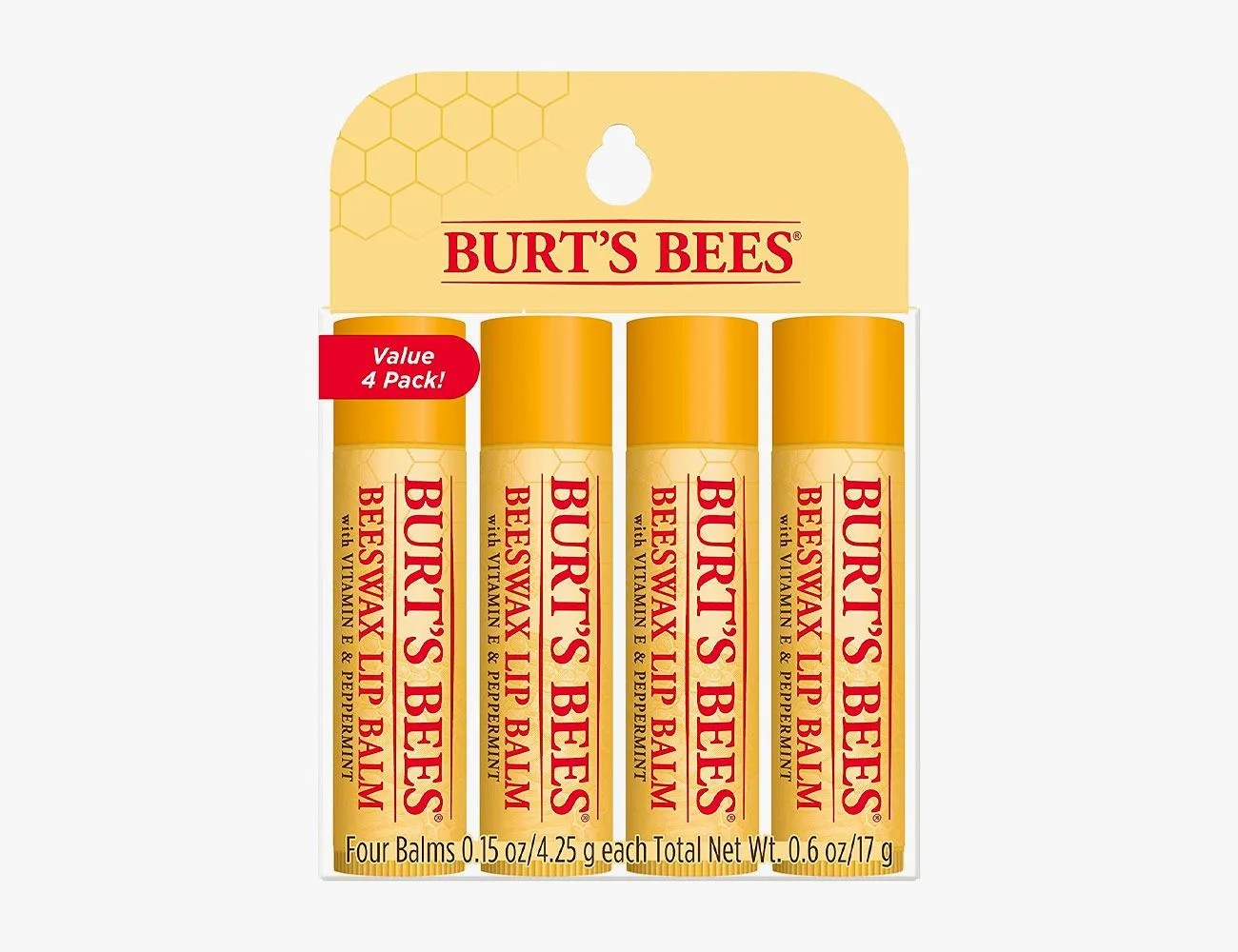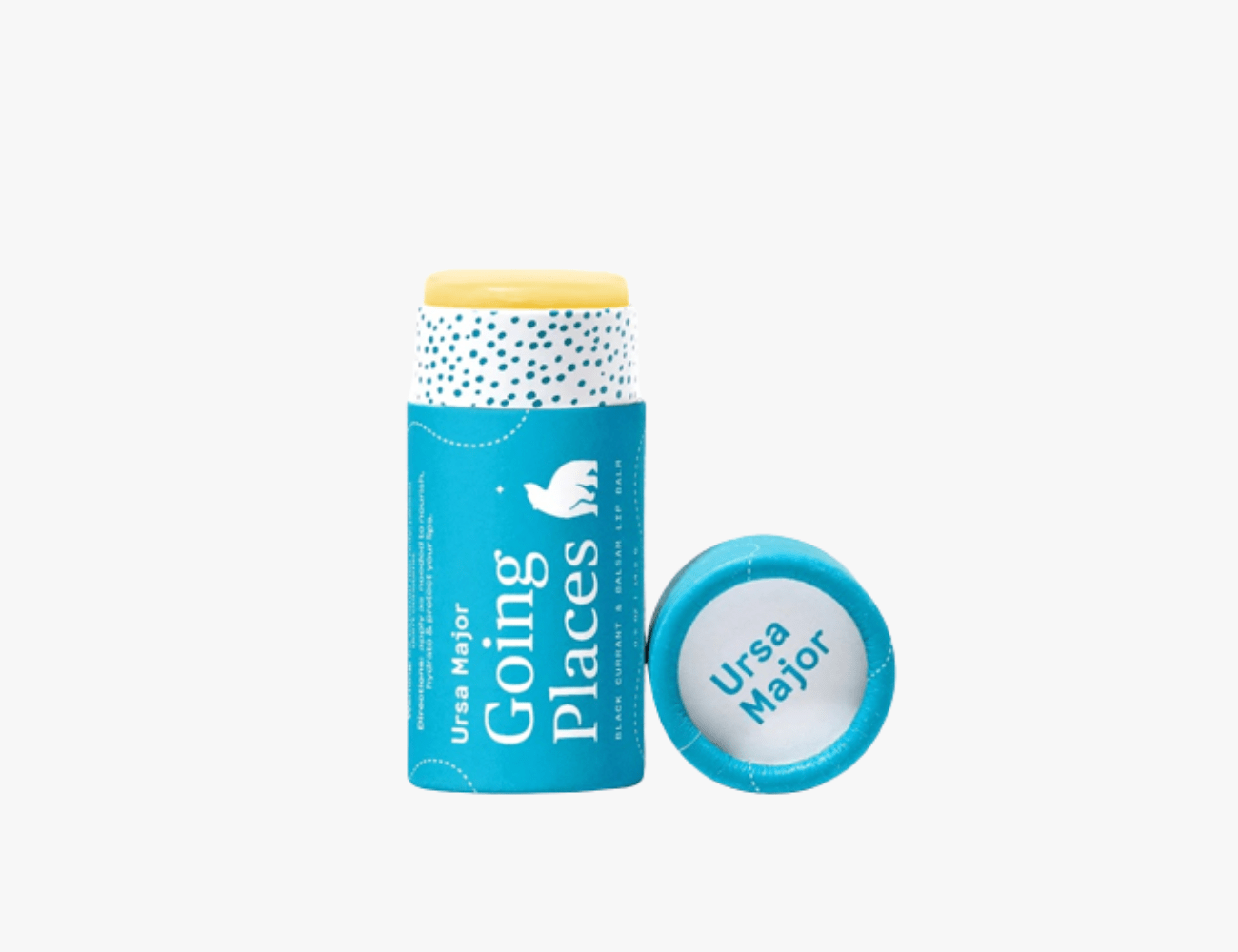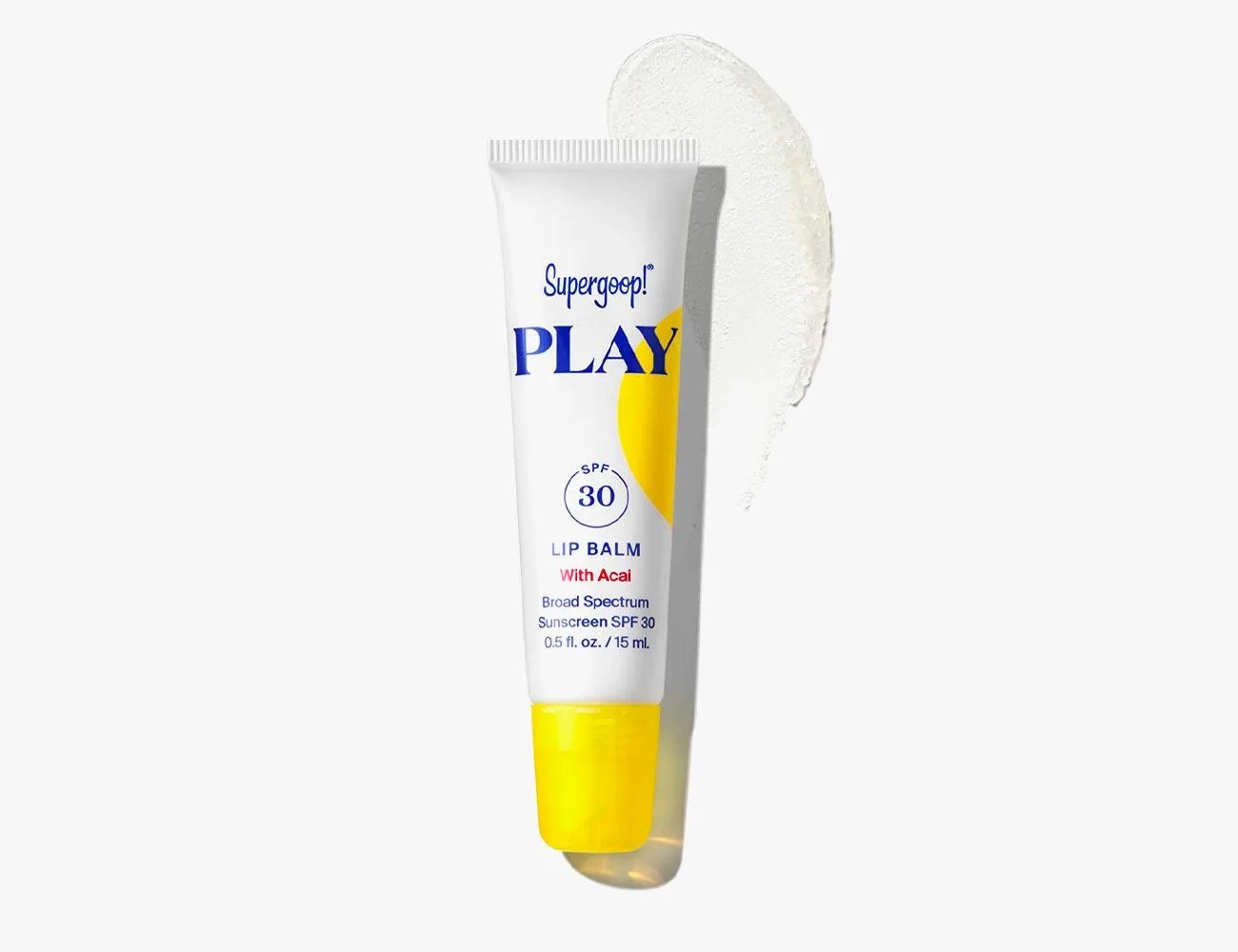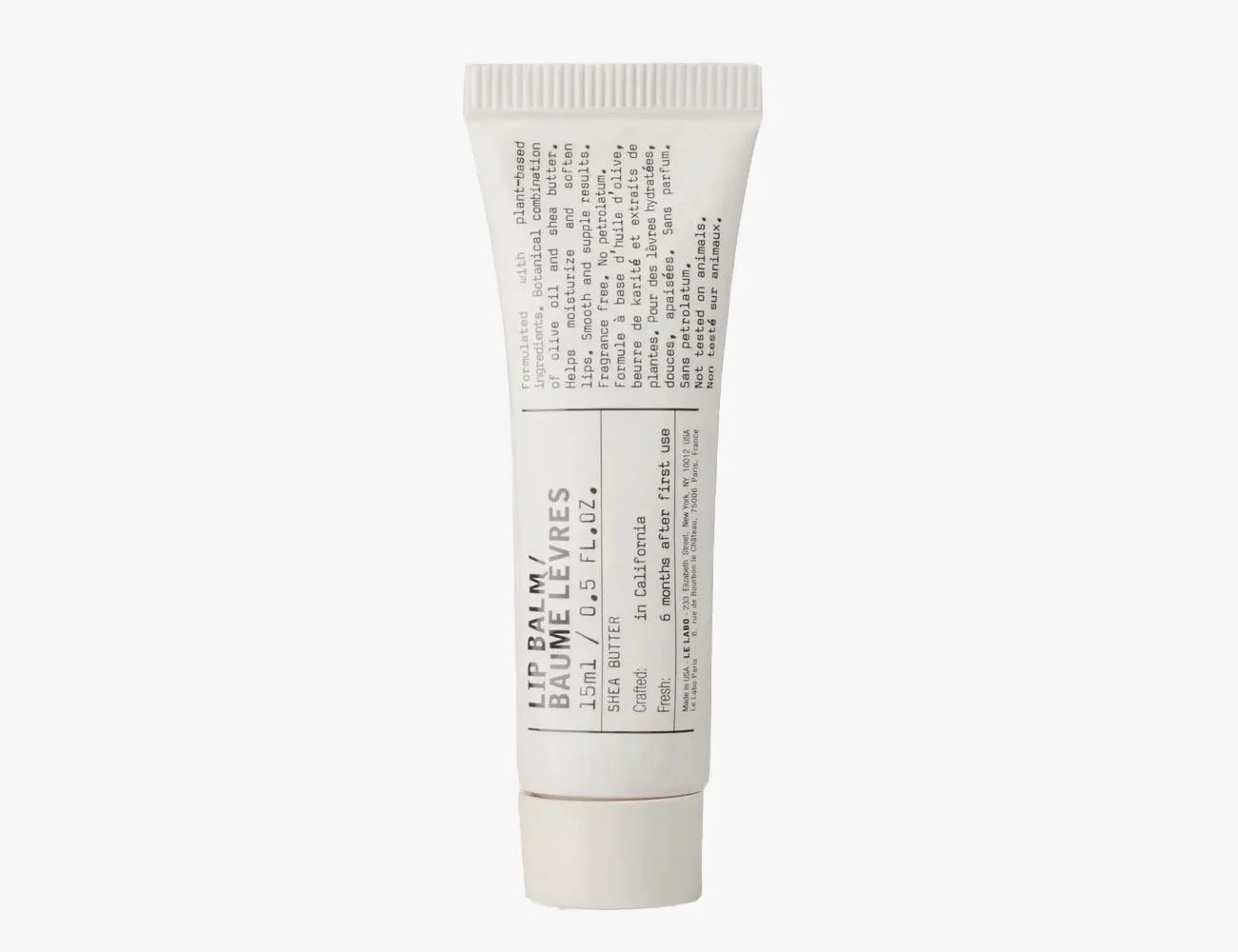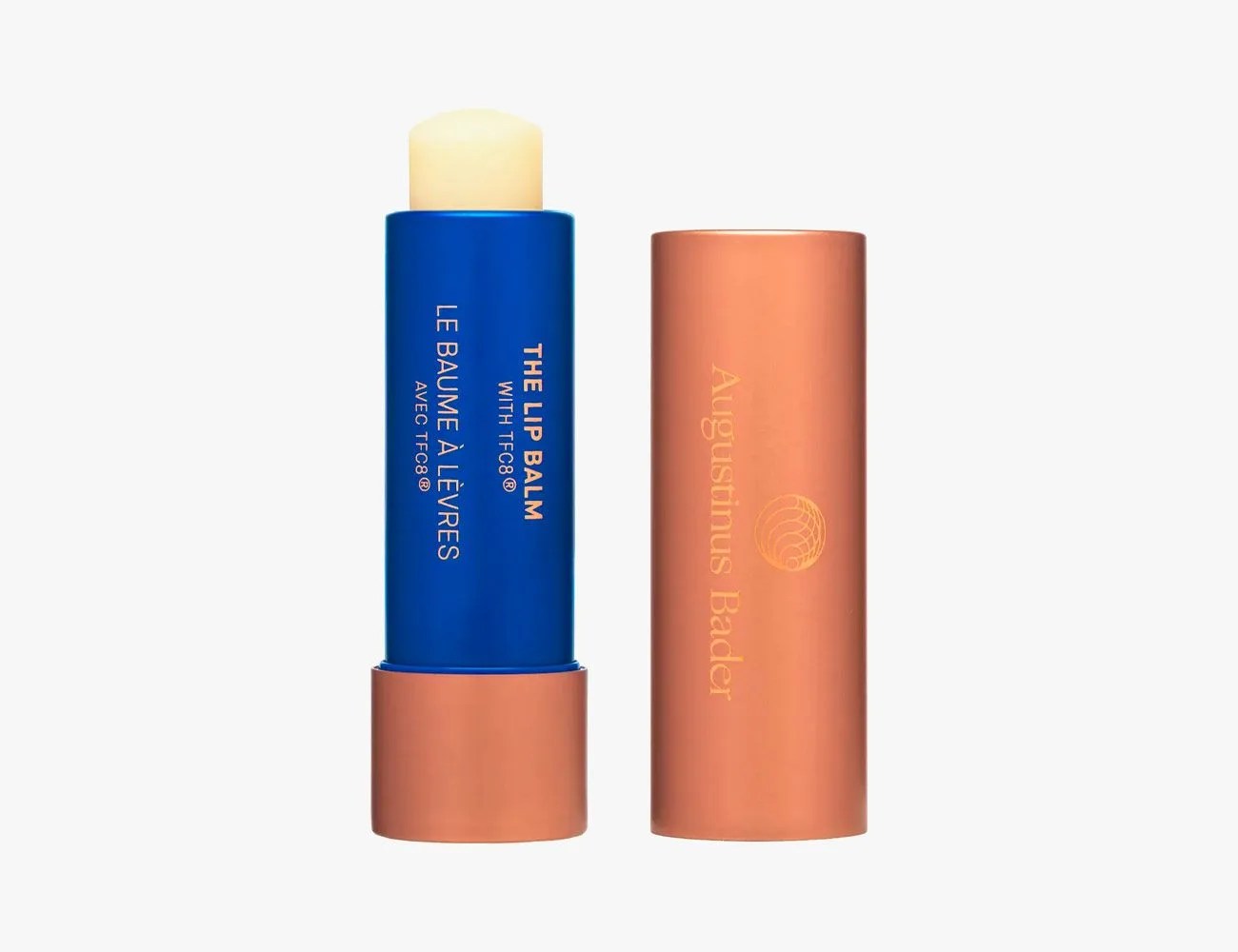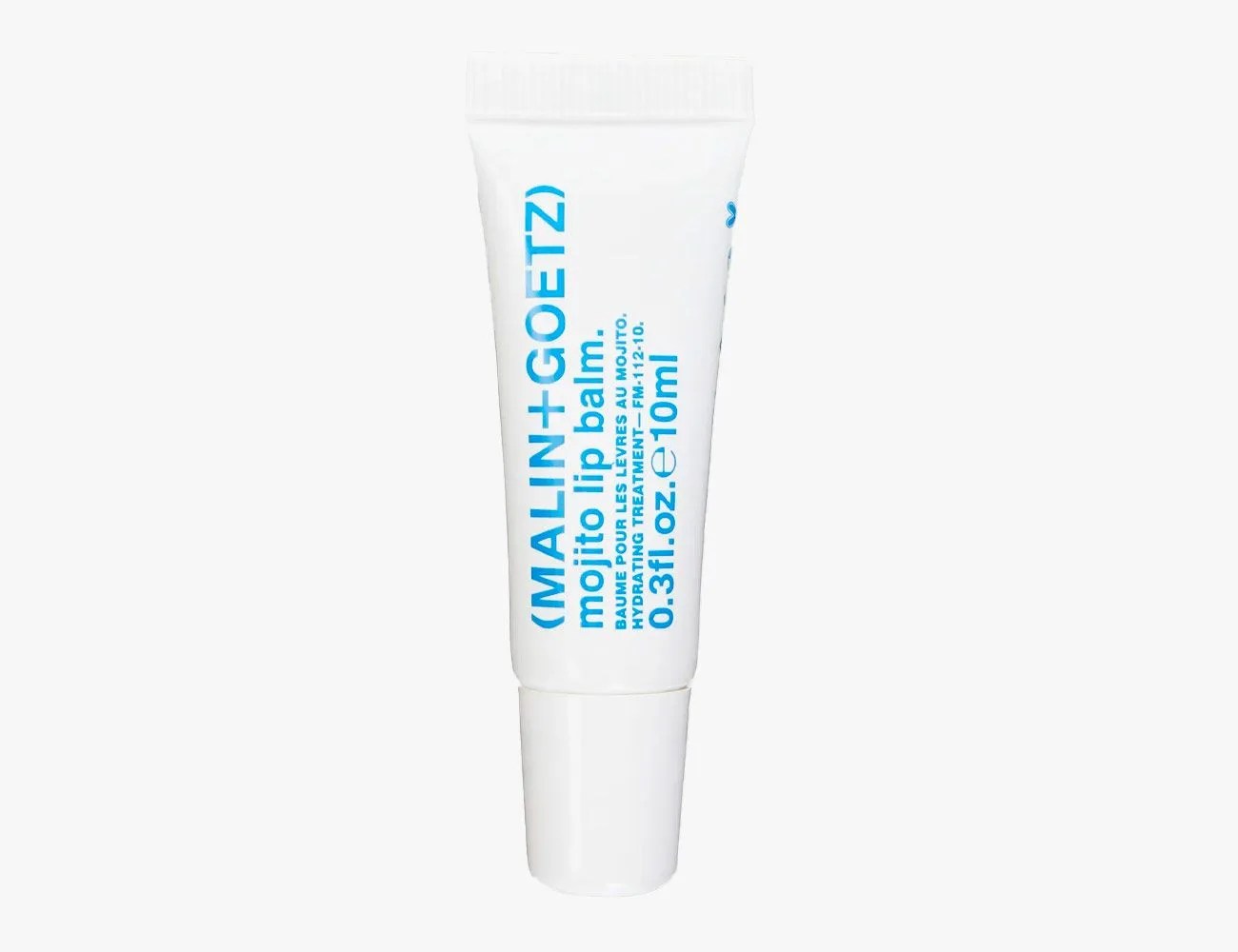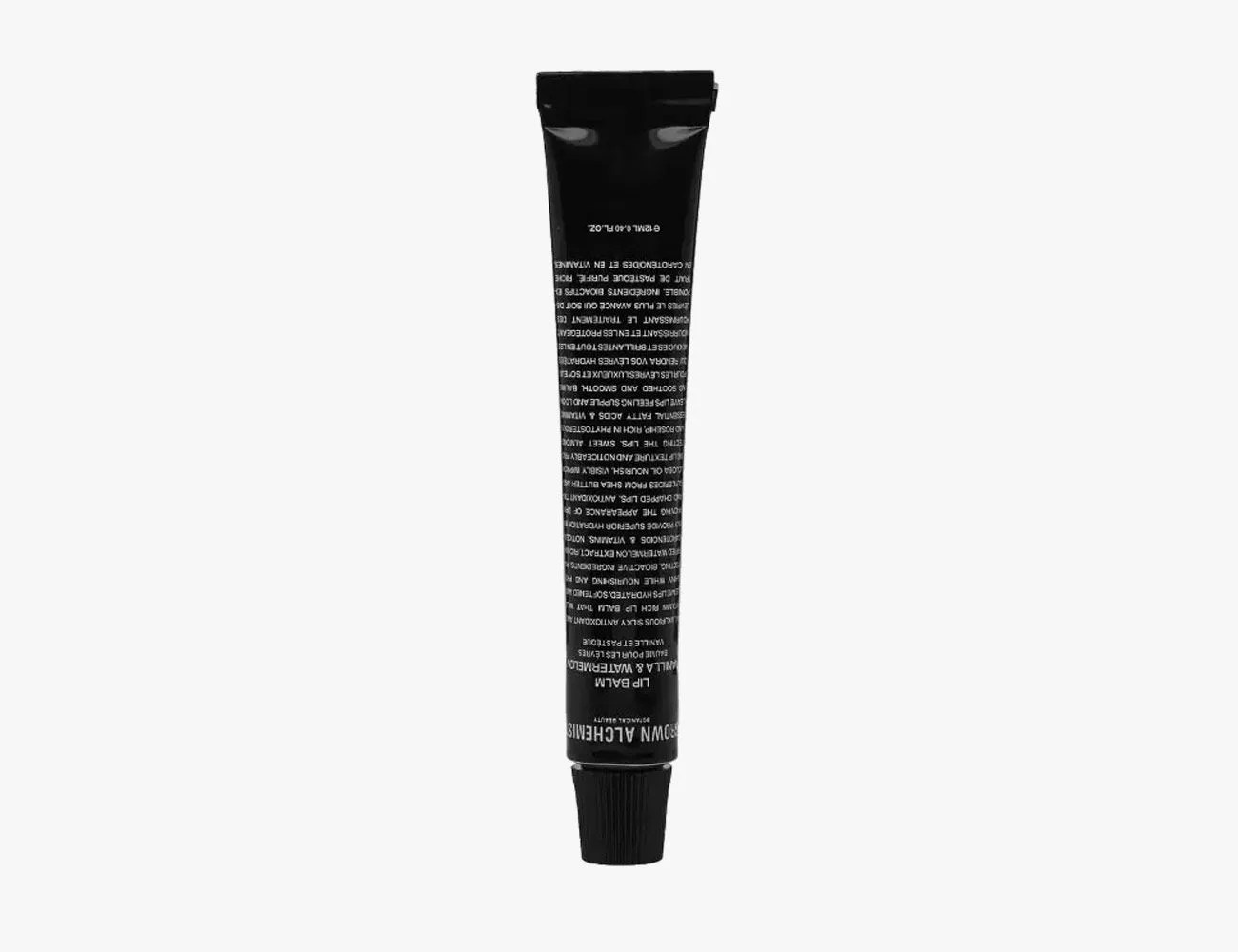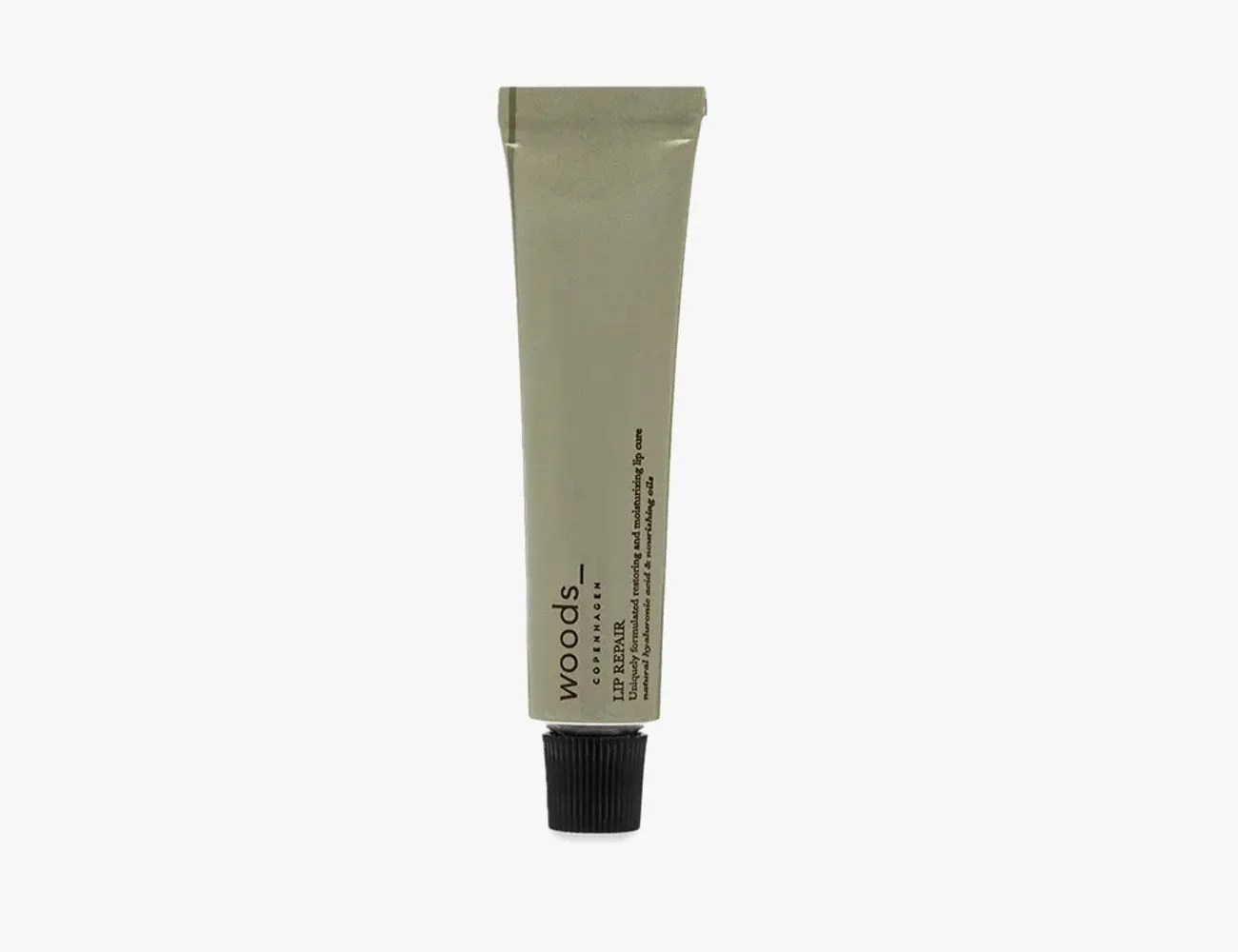Often, the care our lips receive can have an inverse relationship to how important they are in our everyday lives. They make essential tasks like talking and eating possible — but without proper treatment and protection, they can become dry, chapped and sore.
Products in the Guide
-
Kiehl’s Lip Balm #1
Best Overall Lip Balm
Read more -
Baxter of California Hydro Salve Lip Balm
Best Upgrade Lip Balm
Read more -
Aquaphor Lip Repair (Two-Pack)
Best Affordable Lip Balm
Read more -
Dr. Bronner’s Organic Peppermint Lip Balm
Best Mint Lip Balm
Read more -
Oars + Alps Shine-Free Lip Balm (Three-Pack)
Best Shine-Free Lip Balm
Read more -
Jack Black Intense Therapy Lip Balm
Best Healing Lip Balm
Read more -
Aesop Cedar and Citrus Lip Salve
Best Scented Lip Balm
Read more -
Burt’s Bees Beeswax Lip Balm
Best Drugstore Lip Balm
Read more -
Ursa Major Going Places Lip Balm
Best Eco-Friendly Lip Balm
Read more -
Supergoop! PLAY Lip Balm
Best SPF Lip Balm
Read more -
Le Labo Lip Balm
Best Status Lip Balm
Read more -
Augustinus Bader The Lip Balm
Best Luxury Lip Balm
Read more -
Malin + Goetz Mojito Lip Balm
Read more -
Grown Alchemist Vanilla and Watermelon Lip Balm
Best Flavored Lip Balm
Read more -
Woods Copenhagen Lip Repair
Read more
History of Lip Balm
Our lips deserve better, though it’s understandable why we don’t treat lip balm as a grooming essential. It’s a pretty recent invention. In the early 1880s, a doctor from Lynchburg, Virginia, devised what’s credited as the world’s first lip balm, a slow seller that caught wind only when the recipe was sold to another Lynchburg resident in 1912. The buyer, John Morton, owned Morton Manufacturing Company, responsible for the rise of the Chapstick brand.
Since then, lip balm formulas have become more complex and many don’t serve their original purpose of moistening and repairing lips. Chapstick and other mass-market lip balms contain ingredients that can dry out lips and become addictive. They also don’t protect your lips against the elements, especially the sun and cold. “A lot of mass-market lip balms don’t have SPF,” said Madeline Korosec, Men’s Grooming Merchant at Birchbox. Considering your skin needs protection year-round (the sun’s rays are just as damaging in winter as they are in summer) and that SPF balms slow aging, that’s enough to ponder the benefits of your regular drugstore lip balm.
How They Work
That doesn’t mean you need a fancy balm, though people with dry lips, peeling lips, scent sensitivities or other conditions may benefit from these. Most people can get away using unspecialized sticks, and knowing your ingredients is key to finding the right balm. “Some good ingredients to look for in lip balm are beeswax, cocoa butter, shea butter and a variety of natural oils,” Korosec said. “These are considered less harmful and less irritating.”
Ingredients You Should Avoid
Many mass-market lip balms contain ingredients that dry out lips and irritate the skin. This seems counterintuitive, though some additives that provide short-term sensation, like petroleum jelly, provide no moisturizing benefit. Petroleum jelly is water-repellent and seals off pores, preventing moisture from entering or exiting your lips. Many lip balms also contain parabens. These chemicals combat harmful bacteria, but are carcinogenic. Studies have suggested that parabens can reduce testosterone levels and sperm production.
Korosec said that some lip balms contain mineral oils and artificial colors and fragrances. These additives may make your lip balm look, taste and smell better, but can also irritate the skin. Look out for chemical sunscreens, like Oxybenzone, in lip balms with SPF. While Oxybenzone absorbs ultraviolet light, it mimics estrogen and can seep through skin and enter the bloodstream, altering sperm production. If your lip balm causes changes your body chemistry, then it’s time for something new.
